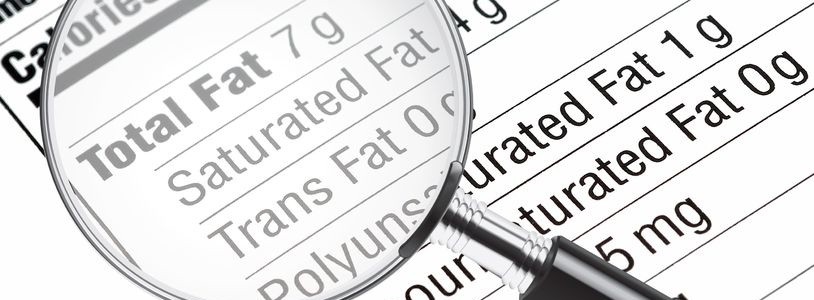How To Read a Food Label
Determining how to read food labels is essential to make better decisions on the class and the level of nutrients, calories and fat you take, but nutritional information and facts can be challenging. Here is a direct way to go through these food labels.
Reading food labels must start with the size of the individual parts. It’s located in the nutritional facts label in the top segment. This particular part contains the serving sizes and number of servings per container. This information is essential to measure the levels of nutrients, calories or fat you can take.
Serving Size:
This is the first item in a food label.
Serving size refers to the average amount of food people eat. This may or may not be different from your amount of food intake. However, if you follow strictly what the serving size is, you get the same amount of nutrients according to the serving size, which is written on the label. Carefully check the label of food that shows each pack is equivalent to X servings. In this case, if you eat more than one package, you have to multiply the number of calories and nutrients to X and obtain the total amount of calories and nutrients you consumed.
Nutrients:
This refers to the list of available nutrients in a particular product. This is also where specified nutritional claims of the product based on the recommended daily diet are stated. Usually, the nutritional amounts are based on the diet of 2,500 calories, and 2,000 recommended dietary.
To understand the numeric value of each item, you must know that the “% Daily Value” the food label indicates and is based on how certain foods corresponds to the recommended dietary allowance of 2,000 calories.
Ingredients:
This refers to the ingredients that were used to produce the product. The list is composed of the main ingredients of which have the greatest amount of weight to smaller volumes. This simply means that the actual amount of food includes the main ingredient or the first element and the minimum amount of the last ingredients.
Fat:
Ideally, no more than 20 percent of calories should come from fat. The percentage of fat calories from total calories on the label should be low.
Salt:
Under the strict low-salt diet, your ratio of Sodium (mg) to calories should not be greater than 1:1. You may be surprised when you see a small bag of chips with 200 calories and 750 mg of sodium, which is part of what can make chips of potatoes a less healthy choice.
Whole Grains:
Whole grains are the most vital kind of cereal on a diet. Whole grains are not processed and maintain the required elements in your diet.
Reading food labels can be very tedious and complicated, especially at the beginning, but with time, it will be much easier for you to watch your diet because you will be familiar with a food label and read it easily as well as control the amount of food you take.

